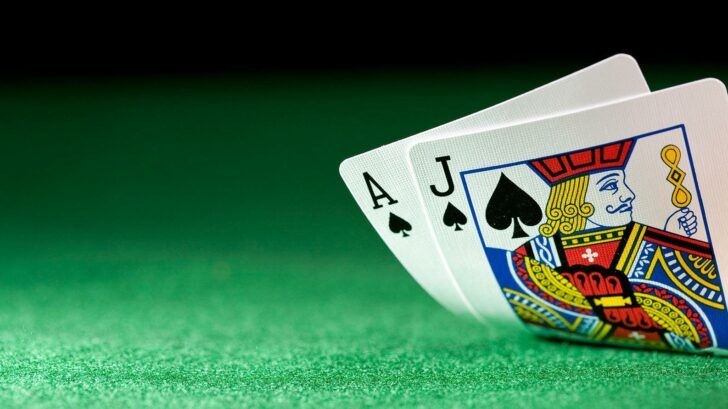Why Side Bets Are Bad for Basic Blackjack Strategy Players but Good For Advanced Strategy Players

Most serious blackjack players treat side bets as sucker bets, Vegas gimmicks designed to trick customers into giving money away. But you know how to count cards, some of these bets can be lucrative.
As one of the older casino games out there, most think of blackjack as a standard, no frills table game. Many blackjack beginners don’t even know that the game allows players to make side bets. If you are a member of that uninformed group, this article is for you. If you know about side bets but have never taken much interest in them, seeing them primarily as a childish distraction from real blackjack strategy, then this article is also for you.
Which sides bets are available?
A side bet is exactly what the name describes. An extra bet you make on something not directly related to your quest to get closer to 21 than the dealer. Blackjack allows you make a variety of bets on top of that, although which options are available can vary by casino. Some popular examples include Over/Under 13, Perfect Charlie, Straight 8s and 21+3.
Each bet has a different payout and gives the player different odds of winning. So of course, some are better than others. That’s why casino will encourage players to make certain side bets while discouraging (or banning outright) others.
Why side bets aren’t a good bet most of the time
A game using standard blackjack rules variations usually has a house edge of .5 percent. That’s pretty player-friendly compared to most casino games, but the player still needs to use advantage techniques to gain a consistent edge over the house.
Many blackjack pros steer clear from side bets for precisely that reason. These offers always entice players with the promise of large payouts, 5-1, 9-1, 25-1, sometimes as high as 100-1. But casino execs aren’t dummies; the higher the payout, the lower the player’s chance of winning. In most cases, the chances of winning are so low that it isn’t worth wagering money.
All side bets have house edges greater than .5 percent, in many cases far greater. For example, Straight 8 and Sweet 16 have edges around 2.7 percent, while Magic Jack is at 20 percent and Perfect Charlie is tipped in the house’s favor by a whopping 35 percent.
On the surface, it looks like side bets are for suckers, an example of casinos using glitz and glamour to trick customers into giving their money away. But on further glance, one finds that some of these bets are susceptible to advantage play techniques.
Side bets and card counting systems
The reason that we advise you to take a close look at adding side bets to your blackjack arsenal is because many of them are vulnerable to card counting systems. The most obvious example is Over/Under 13, a game in which the player predicts whether or not their initial two cards will add up to more or less than 13. Because the player also loses if they land a 13 exactly, the house edge is about 6 percent when using basic strategy.
However, when counting it is pretty easy for a player to predict the two-card outcome. For example, a high count tells you that you have a good chance of landing a face card, meaning that you will probably end up over 13. On the other side of the coin, a low count tells you that you will most likely land a low card, meaning you should bet on the under 13 option.
Either way, counting informs your decision, giving you a good chance of winning the bet. Counters have had so much success with this one over the years that most Vegas casinos have gotten rid of it all together.
Another side bet that counters should look for is 21+3. This bet allows you to make a poker hand out of your initial two cards plus the dealer’s upcard. You are looking to make a flush out of these three cards. If you indeed land one, your payout is a nice 9-1. However, the house edge is 3.24, meaning that under normal circumstances you should steer clear of it. But there is a pretty easy way to count it.
You want to isolate suited cards. Pick one, hearts for example. Every time a heart is dealt, subtract one from your count. Every time four cards are dealt (any suit), add one. If your count gets high, +4 or +5, you know that there are a lot of hearts in the deck relative to other suits. In this scenario, you should bet big. You may lose, but if you win, the 9-1 payout will be a nice addition to your bankroll.
Conclusion
Side bets always have pretty high house edges, so they aren’t something that should be overused or employed by basic strategy players. But if you’re a card counter, there are certain sides that are very susceptible to the advantage technique.
As side bets always pay out higher amounts than standard 1-1 or 3-2, learning to count them and then capitalizing when the count is in your advantage can be very lucrative for you. Just be sure that you know what you’re doing, and that you only put money on the table in the right situations.




